- Joined
- Nov 21, 2016
- Messages
- 739
After I have learned more about the coloured stones, I have these questions.
Does an unheated colourless sapphire always show hints of colour? I have not seen too much unheated colourless sapphires. But the real colourless ones I have seen on the photo usually are heat treated
From a photo, how to tell the difference of the reflection of the camera on a gem or the extinction of the gem?
Most of the star sapphires I cannot see the stars without the help of a focus light source. Is that normal? How close should I put the light source to a stone in order to define the sharpness of a star?
I think the most difficult part is to access the tone of a stone. Some dealers claim their stone medium tone, but to me they are medium dark in tone. Is there a scientific way to determine the tone?
Thank you in advance.
Does an unheated colourless sapphire always show hints of colour? I have not seen too much unheated colourless sapphires. But the real colourless ones I have seen on the photo usually are heat treated
From a photo, how to tell the difference of the reflection of the camera on a gem or the extinction of the gem?
Most of the star sapphires I cannot see the stars without the help of a focus light source. Is that normal? How close should I put the light source to a stone in order to define the sharpness of a star?
I think the most difficult part is to access the tone of a stone. Some dealers claim their stone medium tone, but to me they are medium dark in tone. Is there a scientific way to determine the tone?
Thank you in advance.


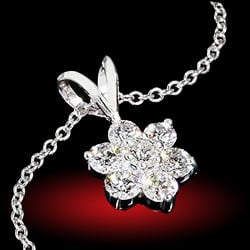
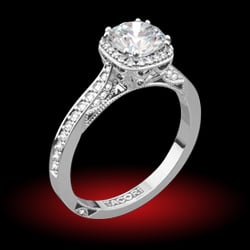
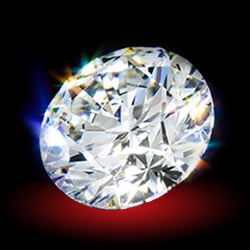

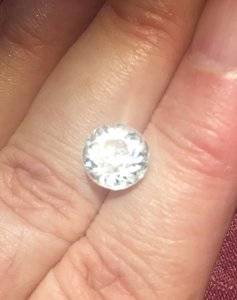
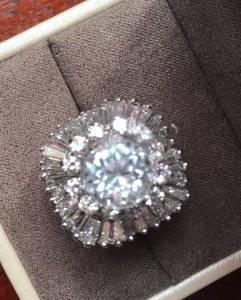
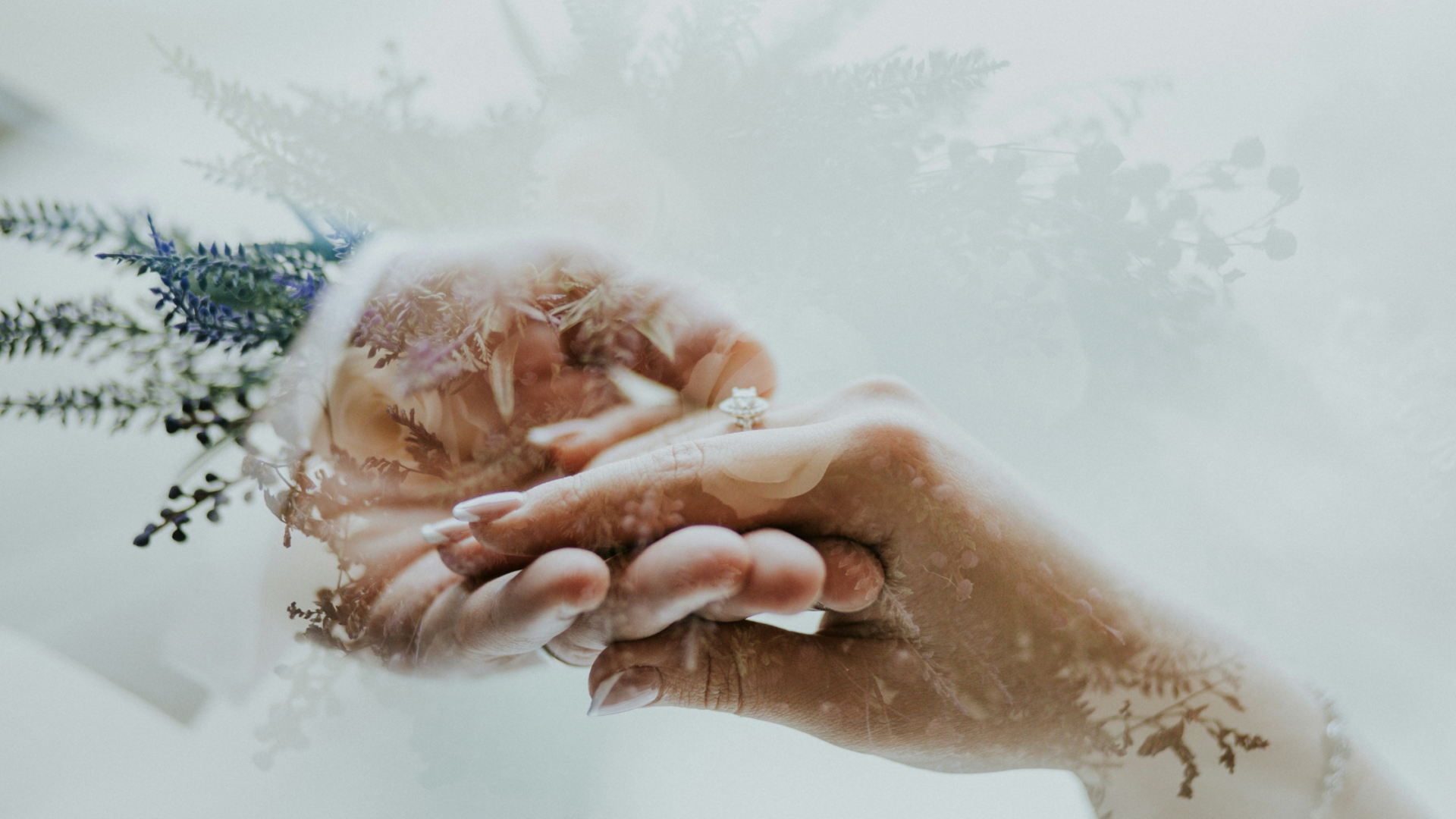

300x240.png)